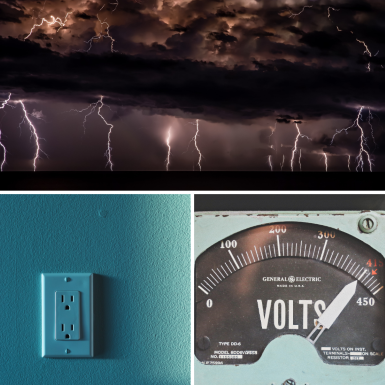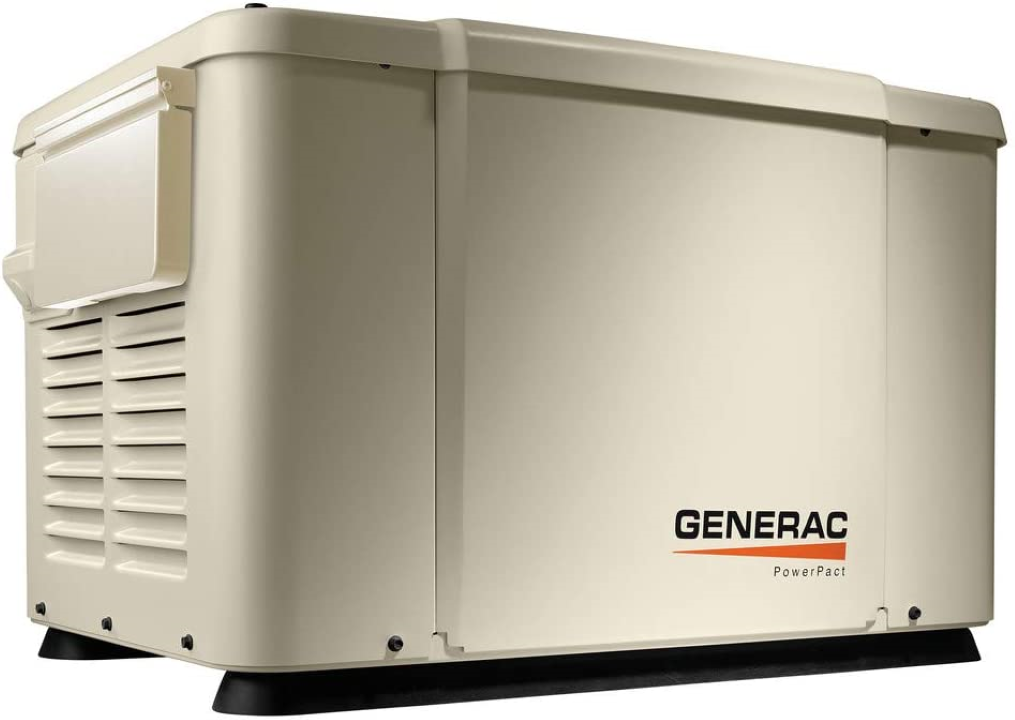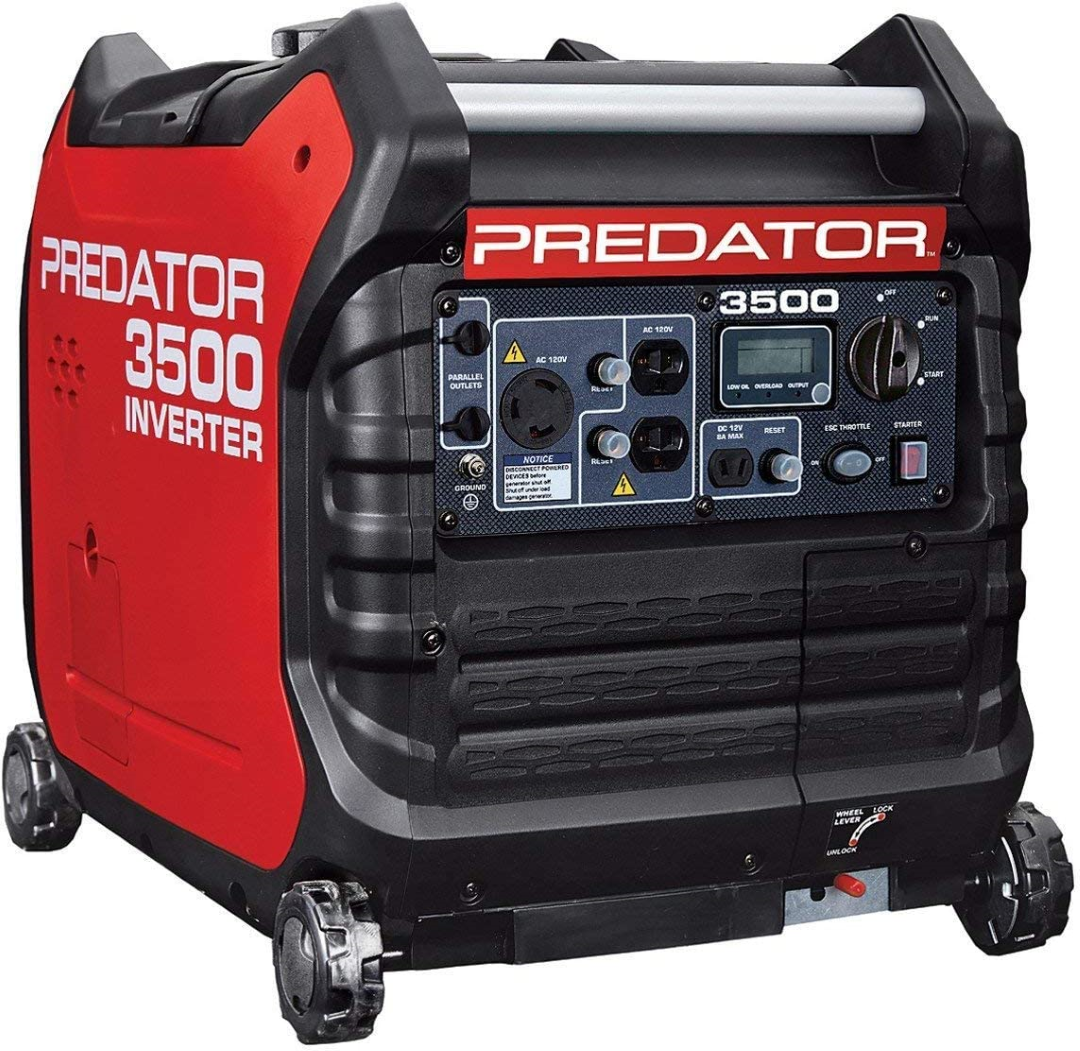This can be done either by attaching individual cords or by attaching extension cords.
A power outage is something inevitable and unpredictable event that can happen at any moment. As a backup for power failure, before getting into how to connect generator to house, you need to decide on whether to have a standby generator or a portable generator because no one knows can wait until the next power outage. What’s the difference? Here is a guide,
Standby Generator or Portable Generator?
Standby Generator
A standby generator is the potential backup source that has the ability to offer the power supply for an extended time; however, for this type of backup generator, fuel type matters too.

These generators are especially beneficial when there is a power failure due to weather or any other reasons. They come in the different fuel sources like
· Natural Gas and or
· Diesel
They have a fuel tank attached to the side, usually attached to the main gas pipeline. The standby generators are a great option for the power supply for industrial, whole house, and commercial use. Further, they are paired with an automatic transfer switch and also allow manual transfer too.
Portable Generator
A portable generator, on the contrary, is handier and more mobile and perfect for camping or temporary power supply and the emergency generator.

This generator power supplies by running on a gas-powered engine for immediate electricity streaming. You can connect the extension cord to the power outlet on the portable generator and attach generator to house. They can be a backup in case you do not have a whole house generator.

Which generator should I get then?
When the main power supply is gone, a portable generator and a standby generator are significant in restoring power immediately by fulfilling all the safety rules. Which generator you need solely depends on the power requirements.
If you want to connect a generator to the house or the office, if your power requirement is high, then a standby generator should be installed.
A portable generator is if you just want to backup electricity for small appliances like bulbs, etc.
How to connect Generator to house?
Now, as we have mentioned the generators that you can possibly have, here is how to hook up a generator step by step. However, always remember to consult the manual to get the instructions and safety guidelines.
Let’s get started now.
How to hook up a standby generator?
The safe yet easiest way to provide a power supply to a house is through a standby generator. They usually have an automatic transfer switch that shifts the utility supply to the generator, which runs on natural gas. To connect the standby generator, at a point, you will need to get professional help.

To hook your standby generator to the house,
1. Select the area which is 5 feet away from windows and doors to place and install the generator.
2. Place a pre-cast concrete platform which is supported by a bed of compacted gravel beneath the generator.
3. Take four stainless steel bolts to secure the generator.
4. Now, you will need the help of a plumber to connect the municipal pipeline of the natural gas line to the generator.
5. Connect the electrical voltage line to the cable of the generator.
6. When connected properly, your standby generator will test itself automatically. For that, it will turn on for 20 minutes every two weeks.
7. Every time the generator kicks on, a diagnostic signal will be sent automatically to an electrician and the homeowner.
8. The transfer switch is installed next to an electrical meter to supply power immediately when the power goes off.
How to connect a portable generator to a house?
A portable generator can be connected either by an individual cord or a circuit panel with the help of a transfer switch. A power transfer system requires hard wiring with a single extension cord to cater to large power requirements. At the same time, the general cord supplies power to the corded appliances only through multiple extension cords.
Connecting a generator to a house with general cords and extension
1. Go through the instructions and gather all the required tools.
2. Take it outside; make sure it is 10ft. away
3. Connect to indoor appliances through
a. Connect multiple appliances by connecting one cord on the generator.
b. Connect appliances the several extension cords connected to the generator.
4. Turn on the generator
Through transfer switch
1. Connect the generator to the transfer switch with the help of a general cord.
2. Turn on the generator
3. Change the main breaker in the transfer switch from the line to generator power.
4. Turn on the circuits for the power supply one at a time.

Courtesy; Norwall power systems
How to connect a generator to house without a transfer switch?
A transfer switch connects your unit to the main electrical panel and streams the power supply during a power breakdown. In case of the absence of a transfer switch, here are some methods through which you can connect your generator to the house.
1. By breaker box
For that, you need to use a separate breaker whose wire connects the generator. When this is required, this will cut off the power supply from the main breaker.
2. Though the main electrical panel
In that case, the generator can be wired to the main electric panel. For that, it is suggested to install a subpanel instead of wiring the unit to the panel.
3. Use a relay
Relay plays a vital role by cutting off the power supply from electrical appliances during a power surge or electrical surge. Connect your standby generator to the relay; this will turn the on and off the generator automatically.
4. With the help of a power inverter
The simple and easy method to connect your generator is by a power inverter that turns the DC power of a generator to AC power.
Automatic Transfer Switch or Manual Transfer Switch, which one is better?
During power failure, you have the option for a standby generator to either connect through an automatic transfer switch or by a manual transfer switch. This depends on the model you have.
The most secure way to connect a generator to your home is through an automatic transfer switch or manual transfer switch.
Automatic Transfer Switch, ATS
An Automatic Transfer Switch (ATS) automatically senses the power failure and starts the generator for immediate power supply. It then transfers a load of your house over to the emergency power source when the main breaker trips. An ATS also prevents the back feeding of the generator into electrical grids, which is a safety issue.
On the other hand,
Manual Transfer Switch, MTS
A Manual Transfer Switch (MTS) requires you to turn on the emergency power source and manually transfer a load of your house over to it. This process can be done using an extension cord, power inlet box, or a standby generator connected directly to the MTS.
In either case, the switch must be professionally installed and wired by a certified electrician to ensure it is safe and code-compliant. It is also important to note that an MTS does not prevent back feeding of the generator into electrical grids, so this should be considered when choosing a power source. Additionally, you should ensure that the generator runs on a safe, level surface and has adequate ventilation.
Recommend Choice for the Best Portable Generator During Power Outage
1. Generac 6998 Guardian Series 7.5kW | Best Standby Generator

Features
This standby generator is able to support basic appliances during a power outage. A digital controller with an LED indicator helps to keep an eye on the status, utility power, maintenance, etc.
It is rust resistant with the galvanized steel enclosed casing to provide protection against all weather. With this unit, you will be able to get around 7500 W on propane gas and 6000 W on natural gas without compromising on the electrical appliances.
Pros
· It allows dual-fuel systems
· Has a wide digital controller with an led status indicator
· Comes with an automatic transfer switch
Cons
· This model has a low wattage
Predator 3500 W Inverter| Best Portable Generator

Features
It comes with a 212 cc air-cooled OHV gas engine with a quick and hassle-free electric start. This portable generator can run for 11 hours straight at 25% capacity only.
It comes with a digital LCD screen that displays the oil level, output light, and overload indicators. The great thing with makes it stand out from the rest is its comparatively quiet operation.
Pros
· Able to supply a great amount of power
· Plugs and cables are included
Cons
· It is quite heavy
Frequently asked questions
How many watts does a standby generator have?
You can connect multiple outlets to your generator, but it varies depending on your model. The lowest watts you can have is around 2000 W, while the maximum would be 50,000W and above.







